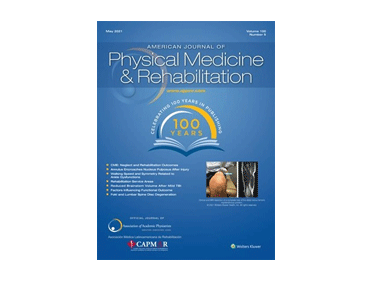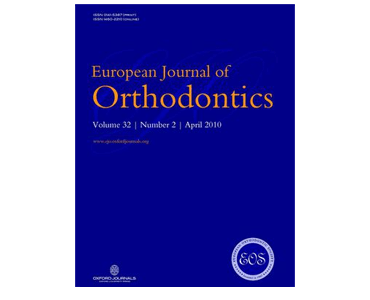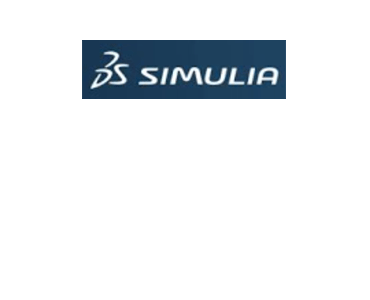Digital Stereophotogrammetry as a New Technique to Quantify Truncal Deformity: A Pilot Study in Persons with Osteogenesis Imperfecta. LR Gabor, AP Chamberlin, E Levy, M Perry, H Cintas, SM Paul.
Date: October 2011. Source: American Journal of Physical Medicine & Rehabilitation; 90(10): 844–850. Abstract: The objective of this pilot study was to determine the usability of stereophotogrammetry (SP) as a non-invasive technique for obtaining linear measures and anatomical data of the torso in people with osteogenesis imperfecta (OI) in comparison to clinical observations. Ten participants…








